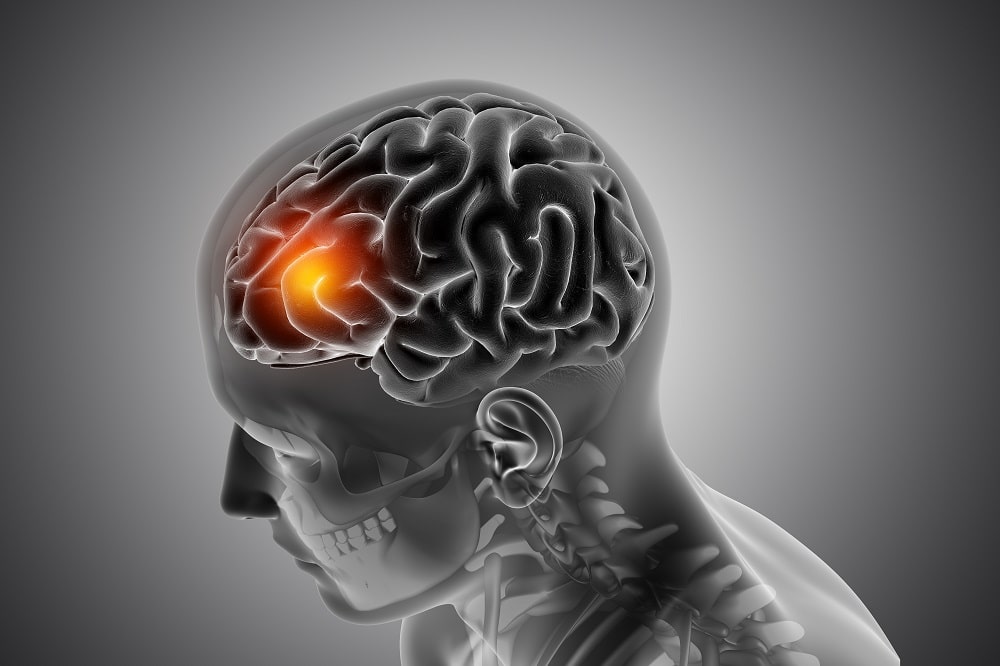Life sometimes presents us with unexpected challenges that can affect our health in significant ways. One such challenge is traumatic brain injury (TBI), an injury that affects the brain and can have lasting consequences if not properly treated.
When an external force strikes the head with sufficient force, it can cause damage to the brain, known as traumatic brain injury. This type of injury can range from mild to severe, and symptoms can be diverse and often difficult to detect.
It is crucial to be aware of the signs and symptoms that could indicate a possible head injury. Here is a list of the most common symptoms to watch for:
Persistent Headache
One of the most common symptoms following a head injury is persistent headache. This pain can vary in intensity and may be accompanied by sensitivity to light or noise.
Dizziness and Disorientation
Feeling dizzy or disoriented after a blow to the head can also be a sign of TBI. If you experience difficulty maintaining your balance or finding your way around, it is important to seek medical attention immediately.
Changes in Mental Status
Traumatic brain injury can affect a person’s mental status. This may manifest as confusion, difficulty concentrating or changes in usual behavior.
Memory Loss
Memory loss is another common symptom of TBI. You may experience difficulty remembering recent events or even forget important details about yourself or your daily life.
Nausea and Vomiting
Feeling nauseated or experiencing episodes of vomiting after a blow to the head can be a sign of TBI. These symptoms may be indicative of an underlying brain injury and should be evaluated by a medical professional.
Changes in Vision or Hearing
Head trauma can also affect a person’s vision or hearing. You may experience blurred vision, sensitivity to light or ringing in the ears as a result of the injury.
Sleep Problems
Problems falling asleep or maintaining a regular sleep pattern may be symptoms of TBI. This may be due to changes in brain function that affect the sleep-wake cycle.
Weakness or Numbness
Feeling weakness or numbness in any part of the body after a head injury may also be a cause for concern. These symptoms may indicate damage to nerves or other brain structures.
If you experience any of these symptoms after a blow to the head, it is crucial to seek medical help immediately. Prompt diagnosis and treatment can make all the difference in your recovery and prevent possible long-term complications.
Neurological rehabilitation plays a crucial role in the treatment and recovery of people with head trauma. Through a variety of techniques and therapies, rehabilitation professionals work to improve brain function and help patients regain skills lost due to the injury.
Conclusions
Traumatic brain injury is a serious injury that requires immediate medical attention. It is important to watch for symptoms and seek help if you experience any signs of TBI.
With proper treatment and neurological rehabilitation, many people can recover and return to a full and active life. Remember, your health is the most important thing, so don’t hesitate to seek help if you need it!
Leave us your data to start your treatment







